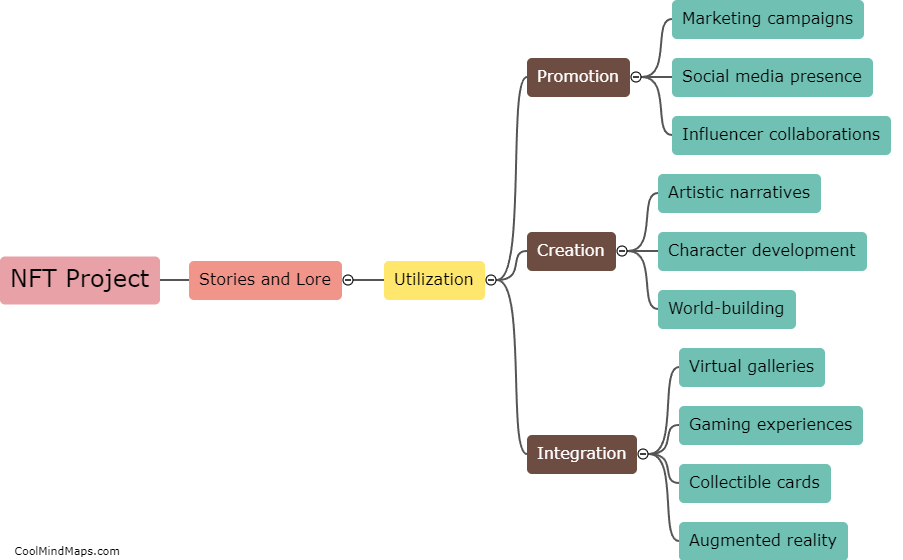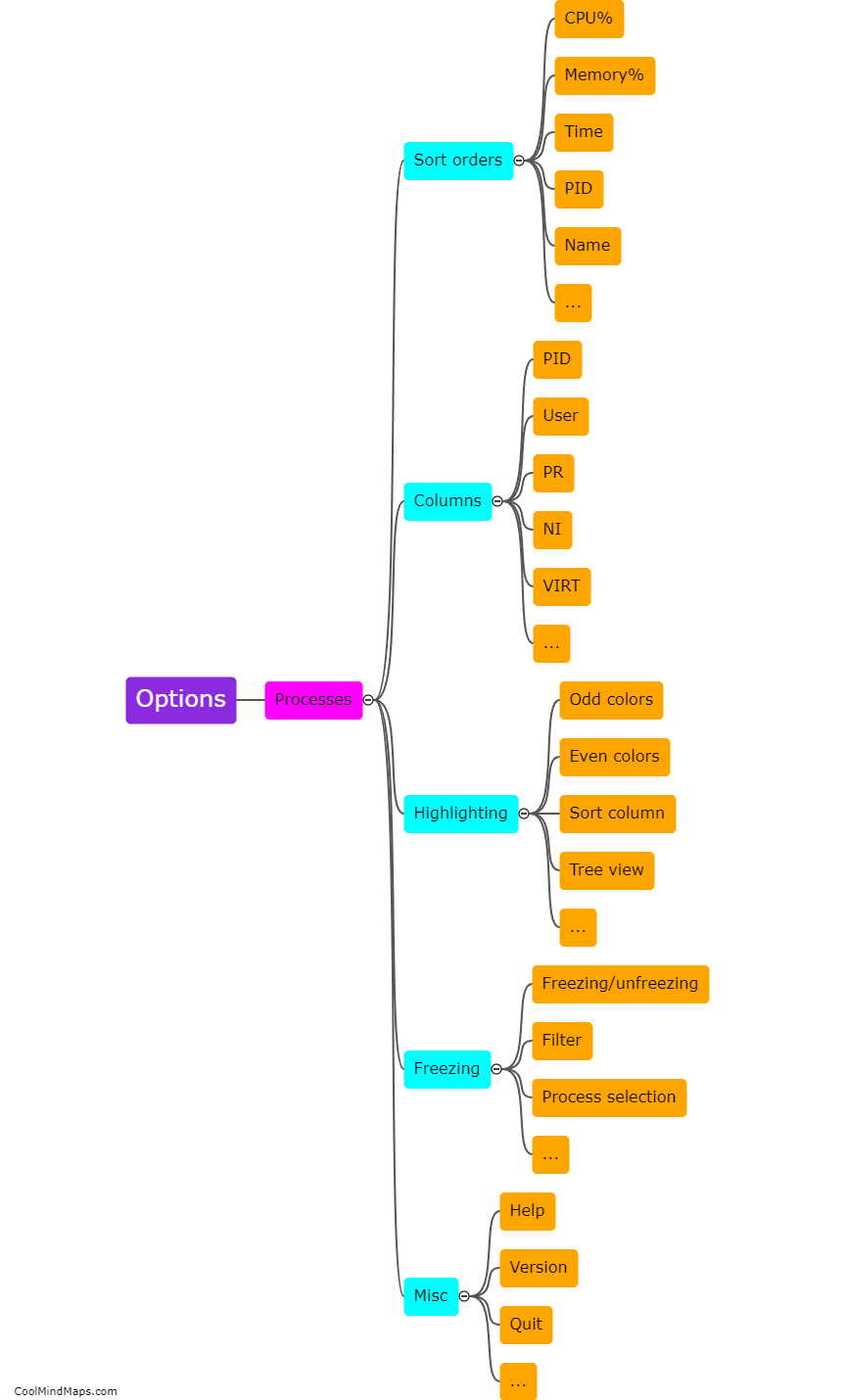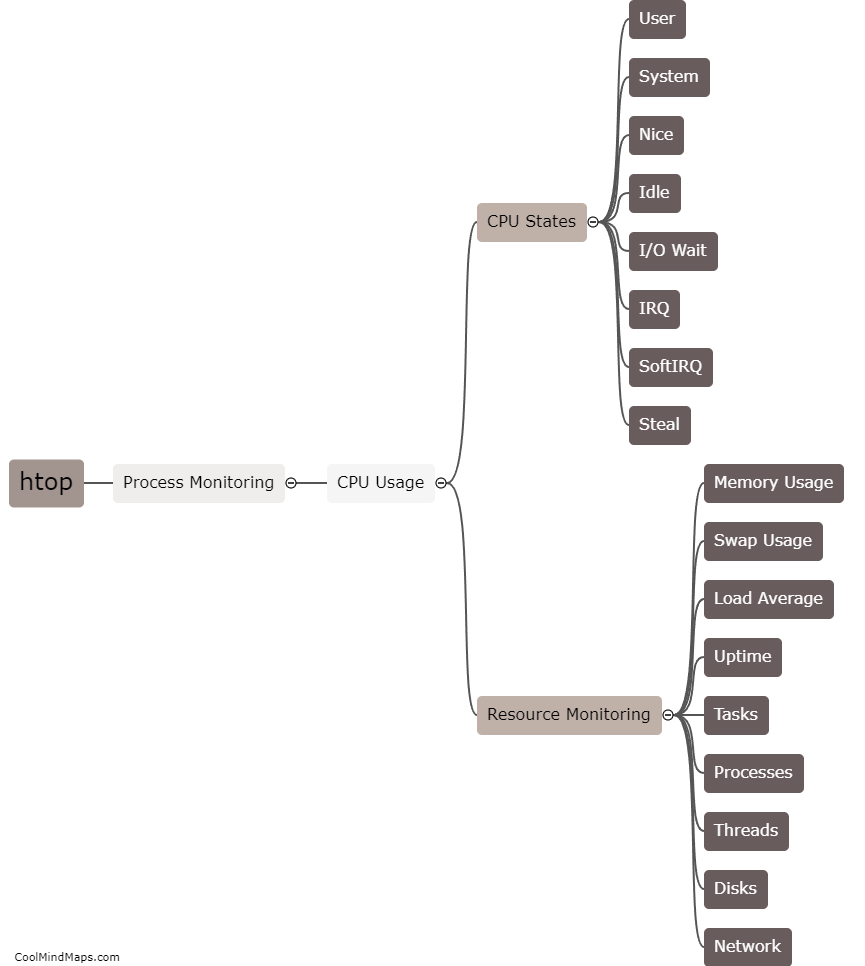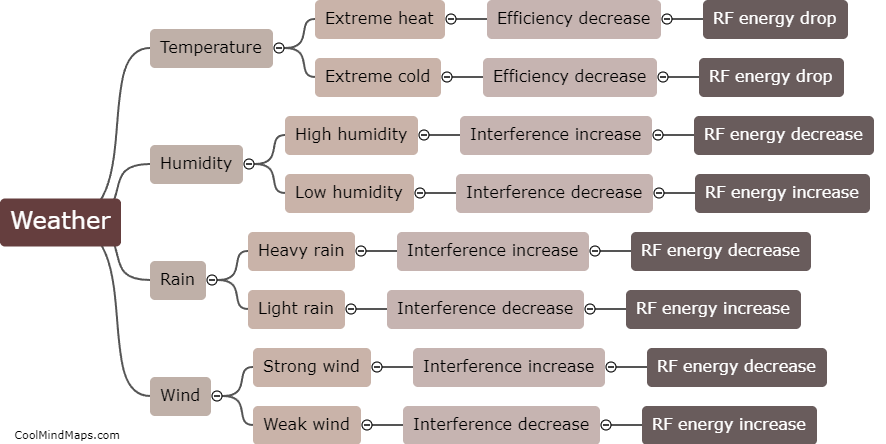What techniques can be used to optimize energy harvesting in different weather conditions?
Optimizing energy harvesting in various weather conditions requires the implementation of specific techniques to maximize the efficiency and reliability of energy generation systems. In sunny climates, photovoltaic systems can benefit from techniques such as sun tracking, which allows solar panels to follow the sun's movement and capture sunlight at ideal angles. Additionally, using anti-reflective coatings and cleaning modules regularly ensures maximum light absorption. In regions with high wind speeds, wind turbines can be optimized by employing robust blade designs and efficient rotor configurations to harness maximum energy from the wind. For fluctuating conditions, hybrid systems that combine multiple renewable energy sources, like solar and wind, can provide a solution, utilizing diverse sources of energy to ensure continuity and reliability. Employing advanced forecasting technologies can also help predict weather patterns, enabling better resource management and energy optimization. Overall, these techniques play a crucial role in maximizing energy harvesting in different weather conditions, ensuring efficient and sustainable power generation.
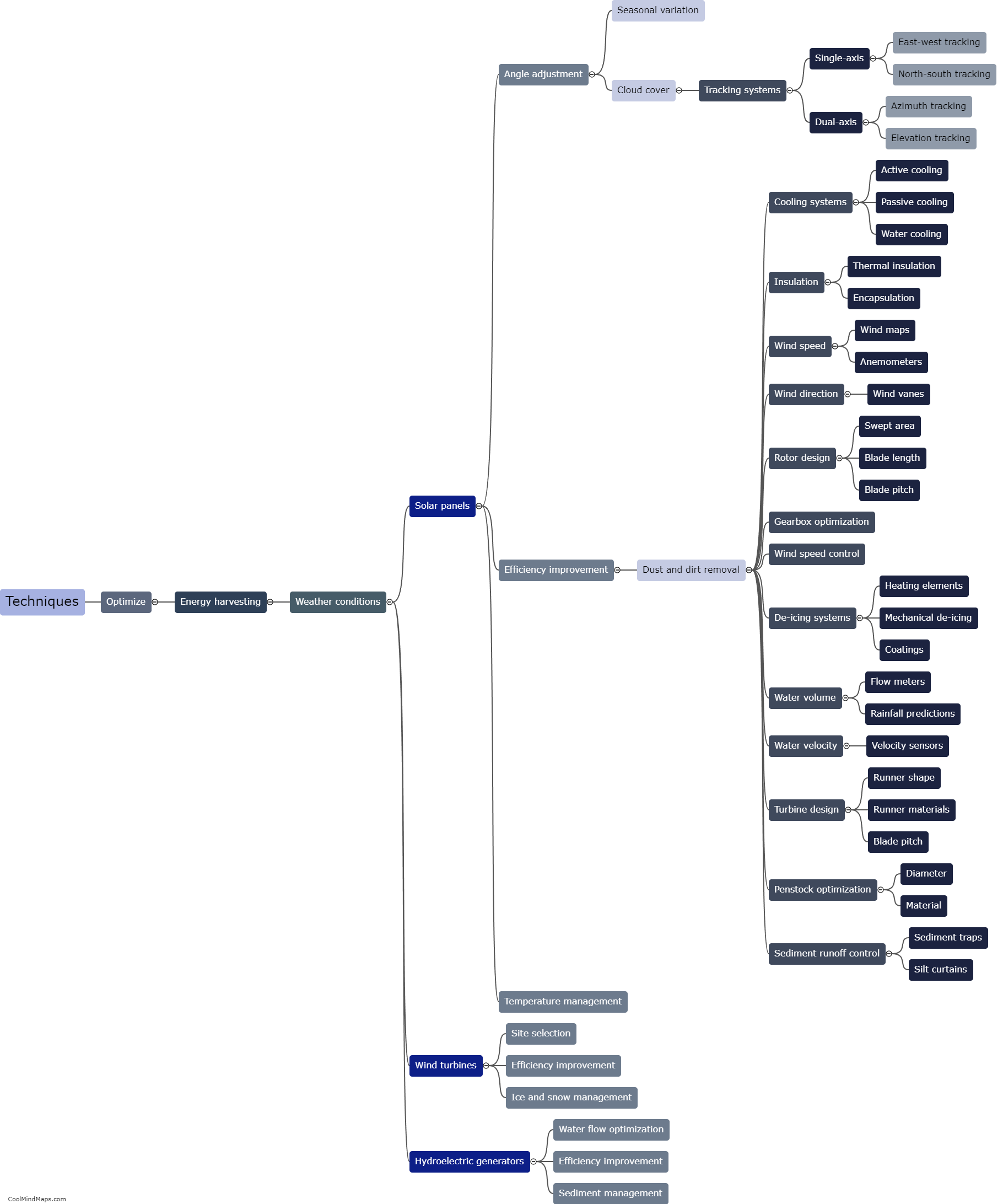
This mind map was published on 19 November 2023 and has been viewed 83 times.
